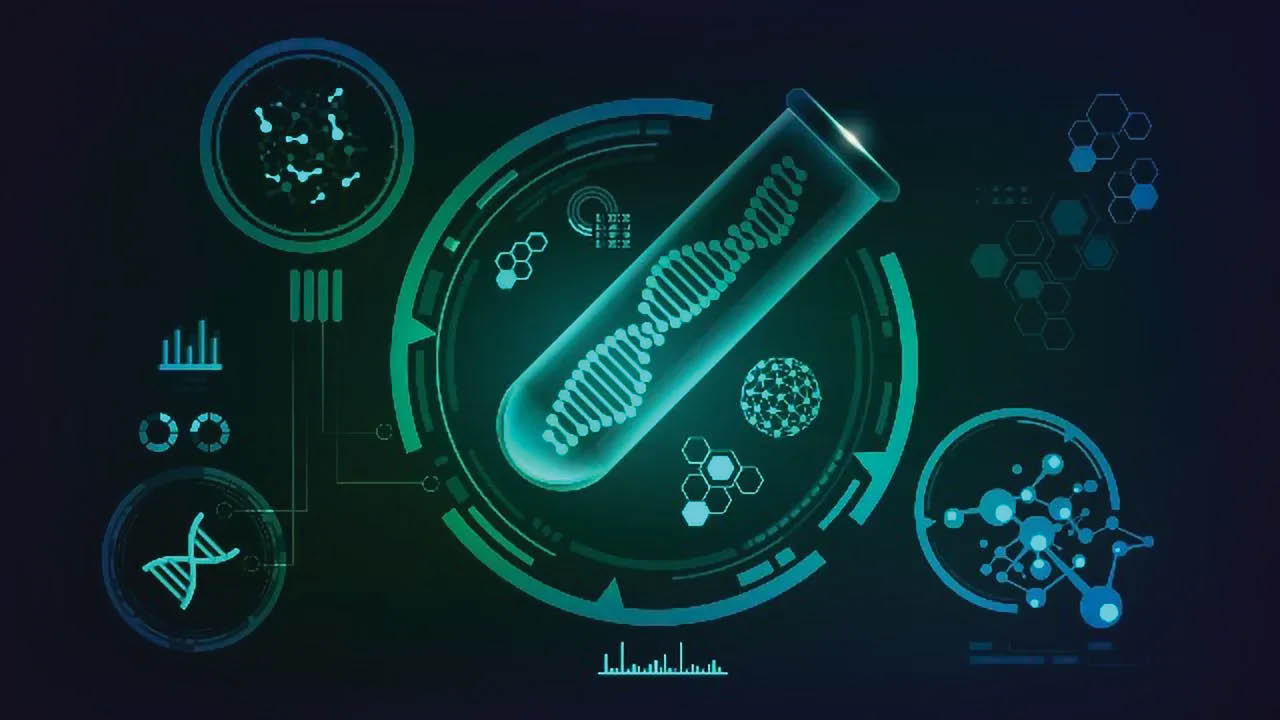Engineering organisms leading to the restoration of extinct species like dodos and dinosaurs is an impulsive idea with less clarity on its potential benefits.
Synthetic Biology is the rational design and construction of biological components leading to applications. The components come in the form of parts, devices, circuits, cells, and organisms. Due to this reason, people also use the term “Biological Engineering” to indicate “Synthetic Biology”.
Right from the time when Synthetic Biology was formally launched as a new discipline in 2004, there have been deliberations and annual meetings on building new compositional standards in biology, generating applications, and investigating biosafety and biosecurity aspects.
Over the past 19 years, amazing advancements in Synthetic Biology have emerged. Foremost among those is the ability to write very long pieces of DNA leading to the synthesis of whole genomes, editing DNA at predefined genomic locations, making brand new genes from the dark matter of the genome, hacking the genetic code, constructing a non-natural DNA, biasing the inheritance pattern of genes (gene drives) and bringing back extinct organisms to life.
Though the term genetic engineering has been traditionally used for adding, deleting, and altering specific genes, in reality, we never engineered genetics. Scientists have practiced probability in the name of engineering. Only in the last two decades, a deliberate attempt towards engineering biological systems has begun.
The question is: What are the opportunities and challenges for India? Designing a desktop DNA printer, creating a national BioFoundry for accelerating biological innovations, designing more efficient DNA editing technologies (beyond CRISPR-Cas9), repurposing the dark genome, establishing organoids and organ-on-the-chip technologies for drug testing, designing microbial factories for biomanufacturing, are some of the technologies where India could take a global lead.
As a consequence of rapid global scientific developments, recently a BioFoundry India group has emerged in Delhi with an aim to provide shared space
However, all this and more can be achieved if we deal with regulatory challenges to ensure responsible innovation. Due to the absence of regulatory guidelines customized to the scientific developments in synthetic biology, global research practices seem to have largely evolved with less government oversight.
The Ad Hoc Technical Expert Group (AHTEG) of the Convention of Biological Diversity (CBD) on synthetic biology has produced multiple reports but is yet to come up with a robust assessment and recommendations. The Self-regulation by people in academia, industry, and hobbyists in the form of “soft standards” is neither binding nor legally enforceable.
Transferring lab-made organisms into the wild can result in the proliferation of engineered traits in natural ecosystems, affecting the genetic diversity and adaptability of native species. The nature of science is such that unintended ecological effects cannot be ruled out at any stage of induced evolution, even if that was not the intent in the first place.
The development of sophisticated DNA writing and DNA editing technologies warrants real-time surveillance of the relevant data and the development of anti-DNA editing technologies to address the misuse. Also, regulating DNA writing technologies is a complex endeavour that involves balancing the potential benefits of scientific progress and its potential application for bioterrorism or biowarfare.
Engineering organisms leading to the restoration of extinct species is an impulsive idea with less clarity on its potential benefits. Bringing back dodos and dinosaurs can easily make cool media headlines. However, on a more responsible note, it is important to understand that habitats have evolved and new players have come up in the food chain. Putting lab-made pressure on the ecosystem can lead to unexpected consequences.
In India, the first foresight study in synthetic biology was organized by Jawaharlal Nehru University, New Delhi, in collaboration with FLEDGE (The Forum for Law, Environment, Development and Governance), Chennai. An 85-page report was submitted to DBT, Ministry of Science & Technology in 2020 to help the Government build a more robust regulatory framework. The report was an outcome of national deliberations involving stakeholders from academia, industry, administration, and society.
There is a pressing need to mark a clear boundary between synthetic biology and Recombinant DNA technology to bring clarity. Declaring exclusion criteria is important so that the policy gaps in synthetic biology are clearly visible, leading to the strengthening of existing guidelines on genetic modification.
As part of the 12th five-year plan, India set up a Task Force on systems biology and synthetic biology research in 2011. India has informed international bodies that India can be a world leader in open-source biological platforms. However, this requires greater participation from stakeholders and a robust regulatory environment.
In the context of Indian science, the movement of synthetic biology research has been a bit slow. Greater interactions among scientists, students, and funding managers are needed to improve India’s position globally. India needs to launch major scientific and education programs in synthetic biology, along with a dedicated task force on synthetic biology.
Furthermore, India needs to commission detailed foresight and technology landscaping studies at the global level (Quad, BRICS, ASEAN, Asia Pacific) to understand regional and global science, applications, and environmental and biosecurity challenges in synthetic biology.
To become future-ready, it’s time to bring the stakeholders from academia, industry, and society on a common platform and build a robust regulatory framework to ensure the protection of good science within a responsible innovation framework.
Pawan K. Dhar is Professor & Head, Synthetic Biology, Jawaharlal Nehru University, New Delhi.

